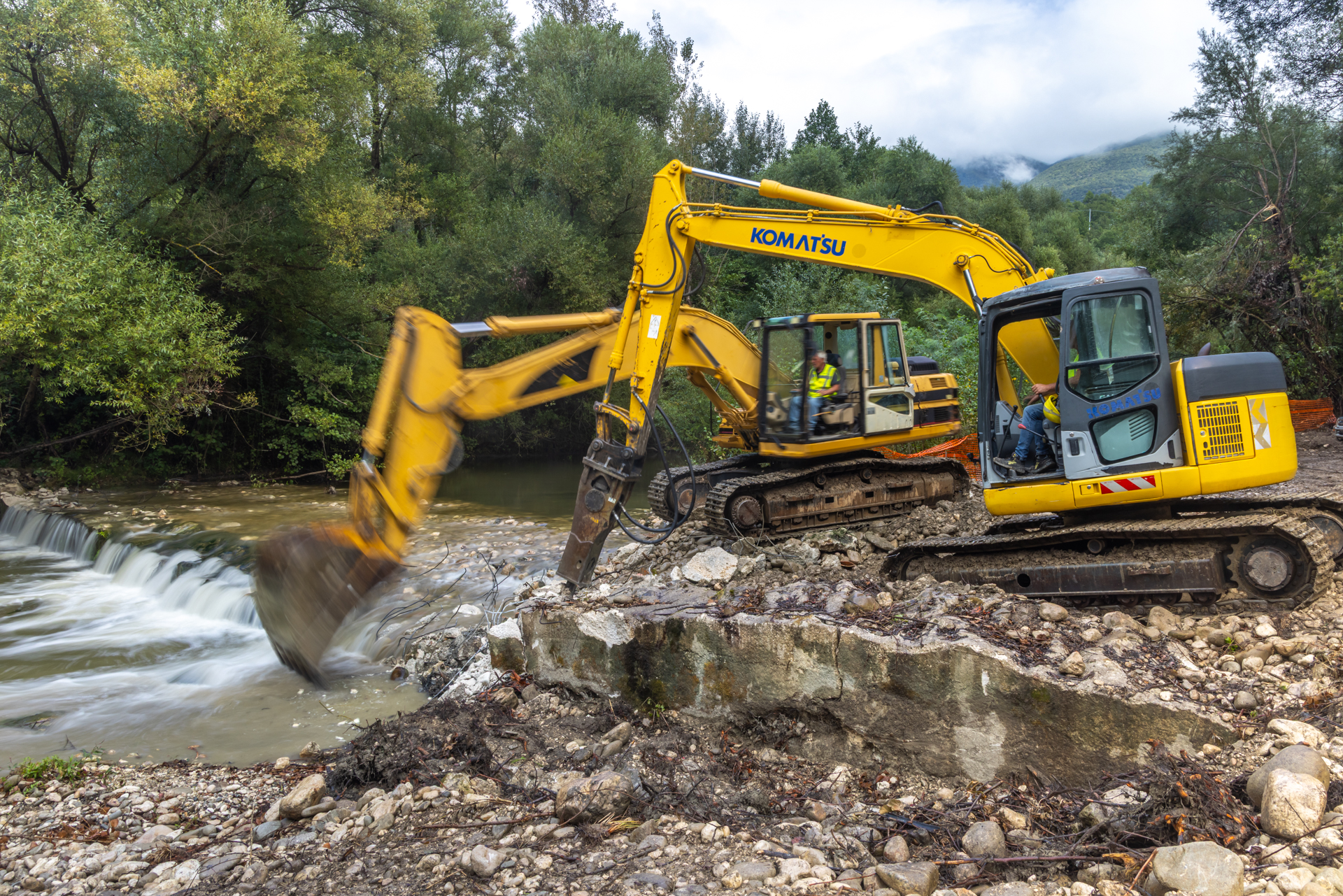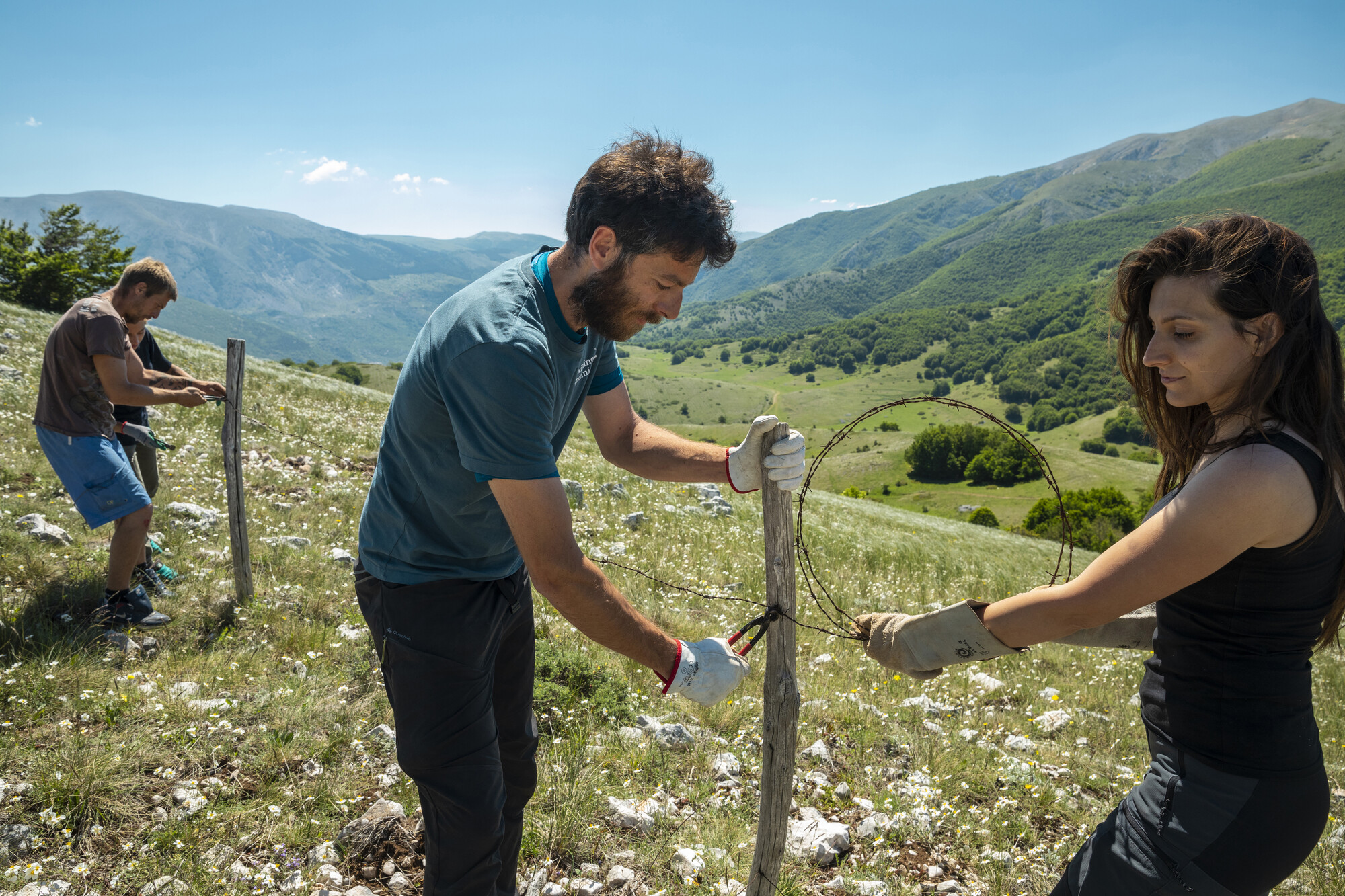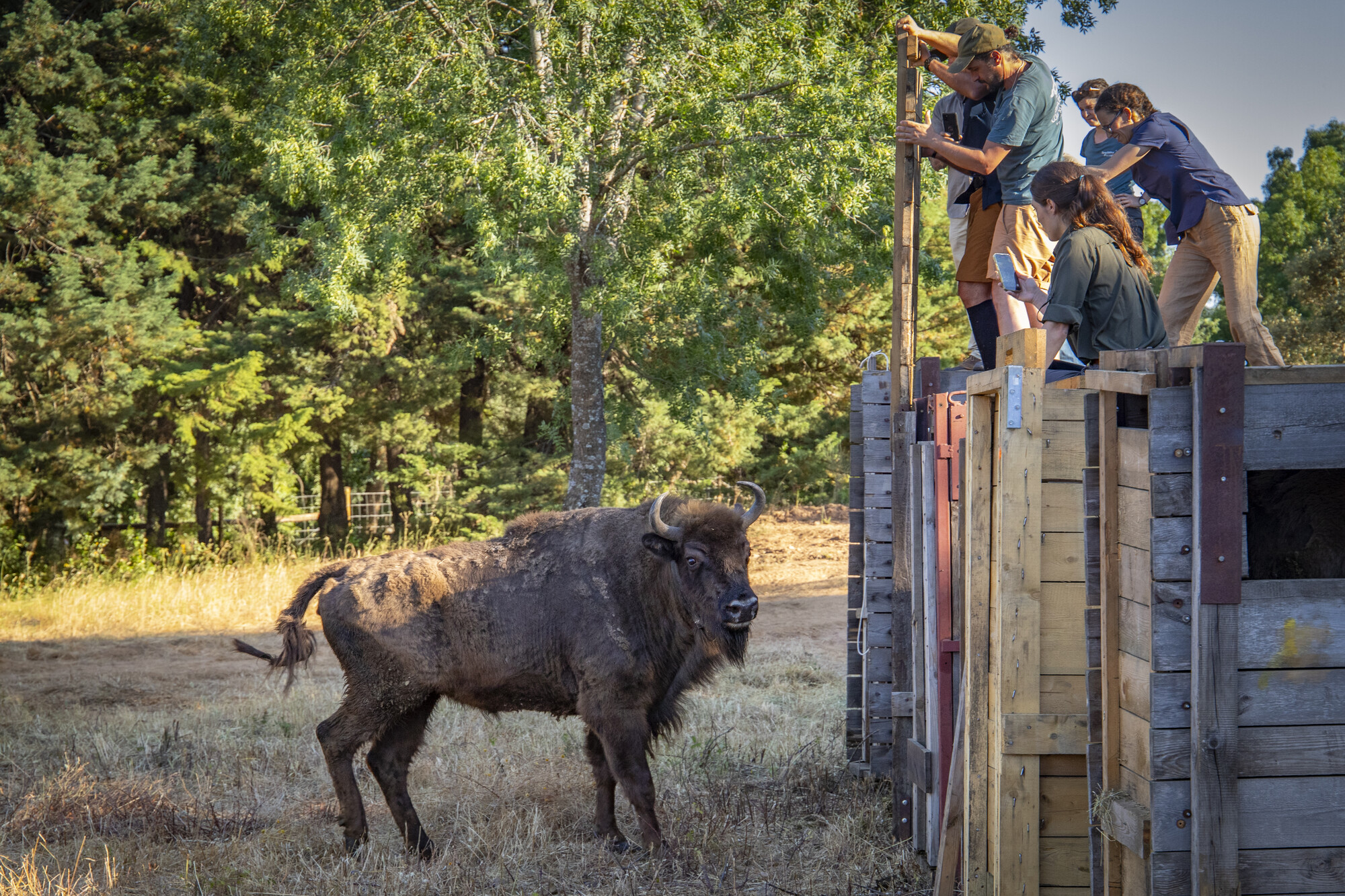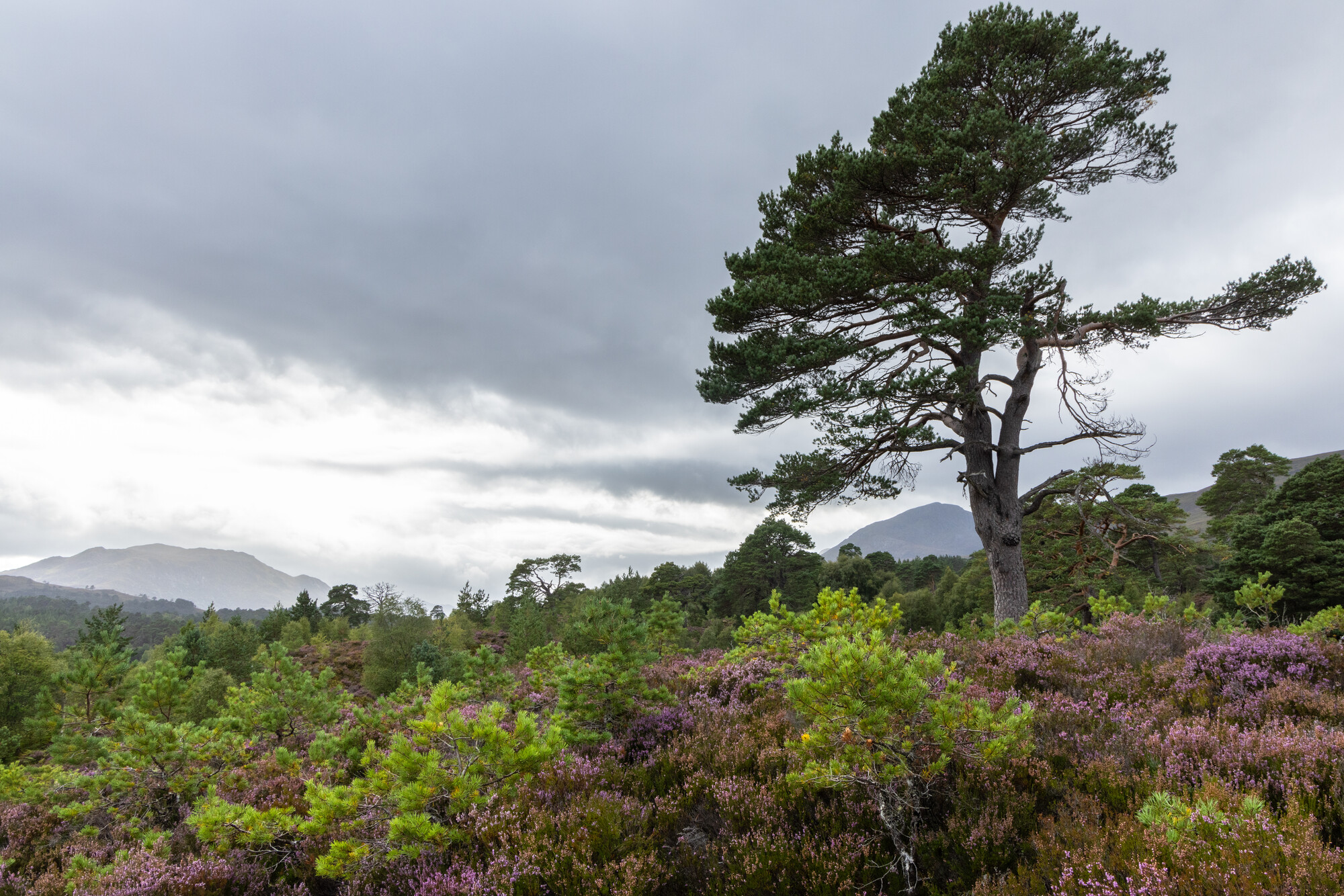Marking a major milestone for the global rewilding movement, the International Union for Conservation of Nature (IUCN) has released a comprehensive set of rewilding guidelines. Designed to accelerate nature recovery, they provide a clear roadmap for everyone working to restore healthy, self-sustaining ecosystems in line with rewilding principles.
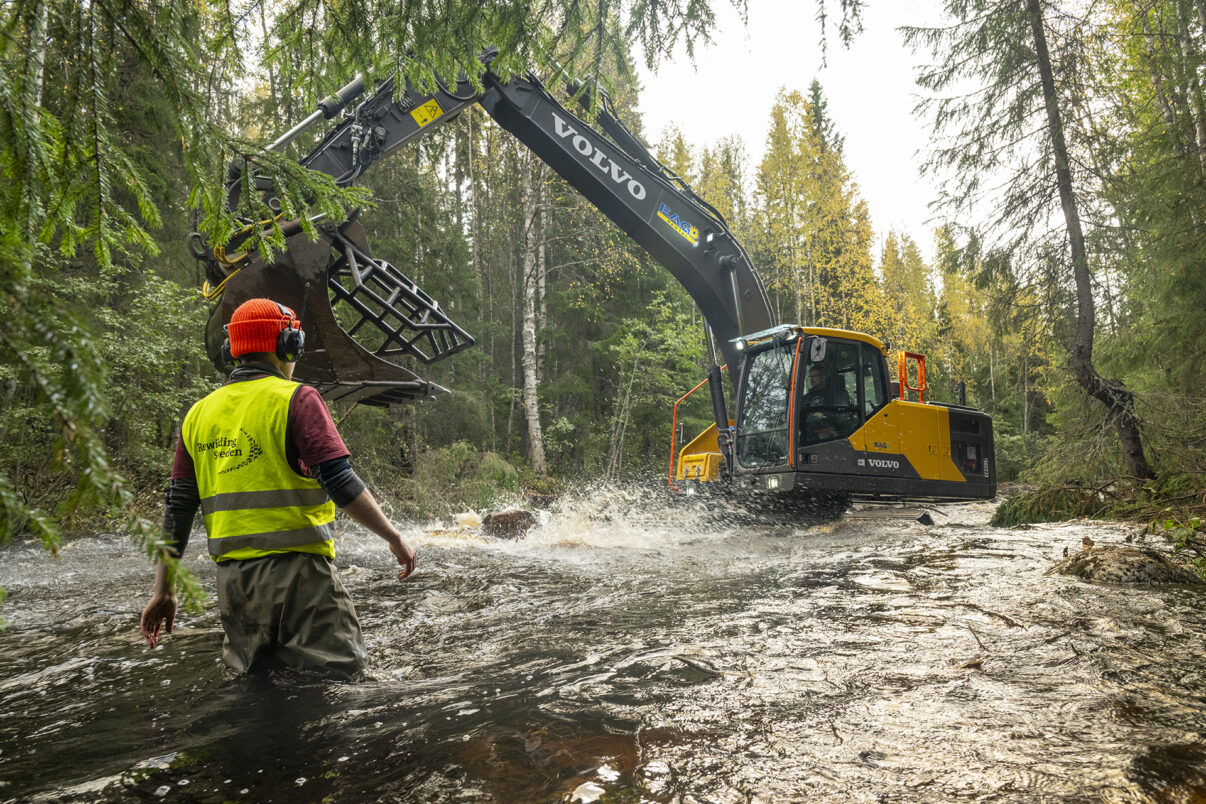
Milestone moment
Rewilding is no longer just a bold idea. It’s a proven and progressive approach to recovering nature — one that helps tackle climate change, brings back lost biodiversity, and builds a more liveable, prosperous world where people and nature thrive together. As more and more citizens, businesses, and organisations discover its wide-ranging benefits, the rewilding movement continues to grow — with new initiatives and networks, growing policy support, and inspirational stories of wildlife return and community revitalisation. The rewilding wave is growing higher and wider every day.
The world’s leading authority on nature conservation, the International Union for Conservation of Nature (IUCN) has launched comprehensive new guidelines for rewilding at its World Conservation Congress 2025 in Abu Dhabi. Developed with over 60 organisations and experts, they mark a major step forward for the global rewilding movement — one that places rewilding at the centre of the world’s nature recovery agenda. With the aim of supporting rewilding practitioners and embedding rewilding more deeply within global conservation efforts, they show how to turn ambition into meaningful action.
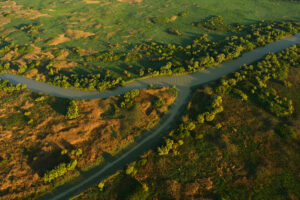
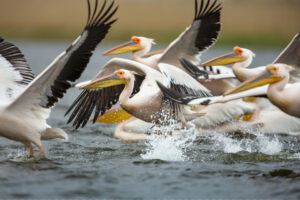
Taking rewilding to the next level
By recognising rewilding as a credible, impactful, and cost-effective approach to restoring self-sustaining and healthy wild ecosystems, the new guidelines are an invaluable tool for supporting and accelerating nature recovery at scale.
“These guidelines articulate a shared vision for rewilding, offer structured, flexible guidance for rewilders, and serve as a call to action,” says Amy Duthie, Rewilding Europe’s Head of Upscaling, who helped shape the guidelines together with Fabien Quétier, Rewilding Europe’s Head of Landscapes.
“We need to act now to recover nature at scale in Europe and across the world. The guidelines urge decision-makers, conservationists, land managers, and communities to integrate rewilding into broader conservation strategies, land-use policies, and societal aspirations, so that we can think bigger, join forces, and move towards a wilder, better future.”
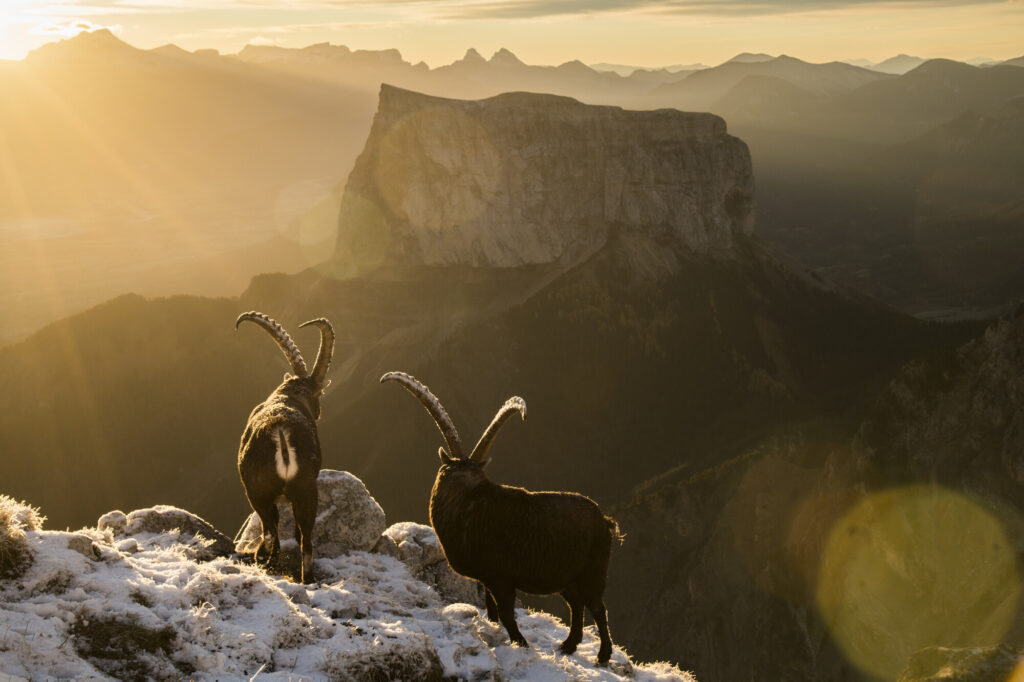
Universal and flexible
The new guidelines align strongly with the principles of rewilding that were co-formulated in 2021 by Rewilding Europe and other European rewilding practitioners. They will serve as a global standard for practical rewilding that can unite rewilders everywhere.
Rewilding is practised in an increasingly wide range of locations and contexts across the world. By offering shared principles to help steer these efforts, the new guidelines are flexible by design. Rooted in ecological science and the realities of communities sharing space and flourishing together with nature, they can be applied to different environments, cultures, and systems of governance.
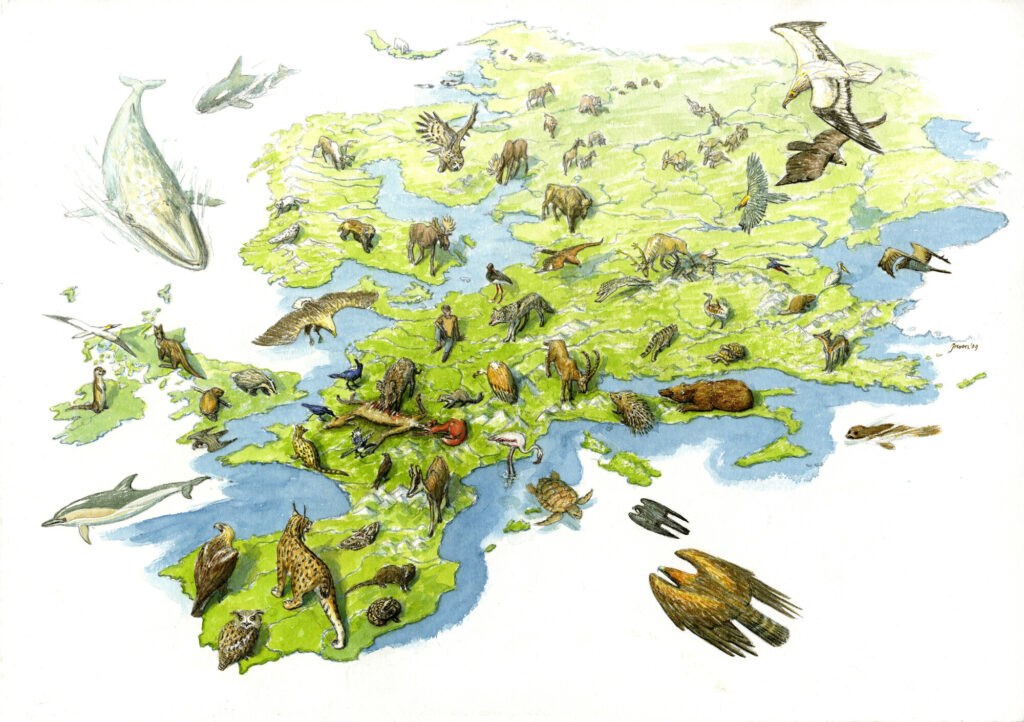
Prioritising people
The second part of the guidelines document outlines a clear and adaptable five-step process for planning and carrying out practical rewilding efforts, helping to ensure they deliver lasting, positive impact. “Participatory rewilding” is a key part of this process — working with local people to shape rewilding plans together, while inspiring and empowering those who may benefit from or be affected by them.
This mirrors the way Rewilding Europe approaches rewilding in large-scale landscapes across Europe, which has shown that capturing the hearts and minds of people — and ensuring they benefit from rewilding and nature recovery in their daily lives — is critical if rewilding efforts are to succeed.
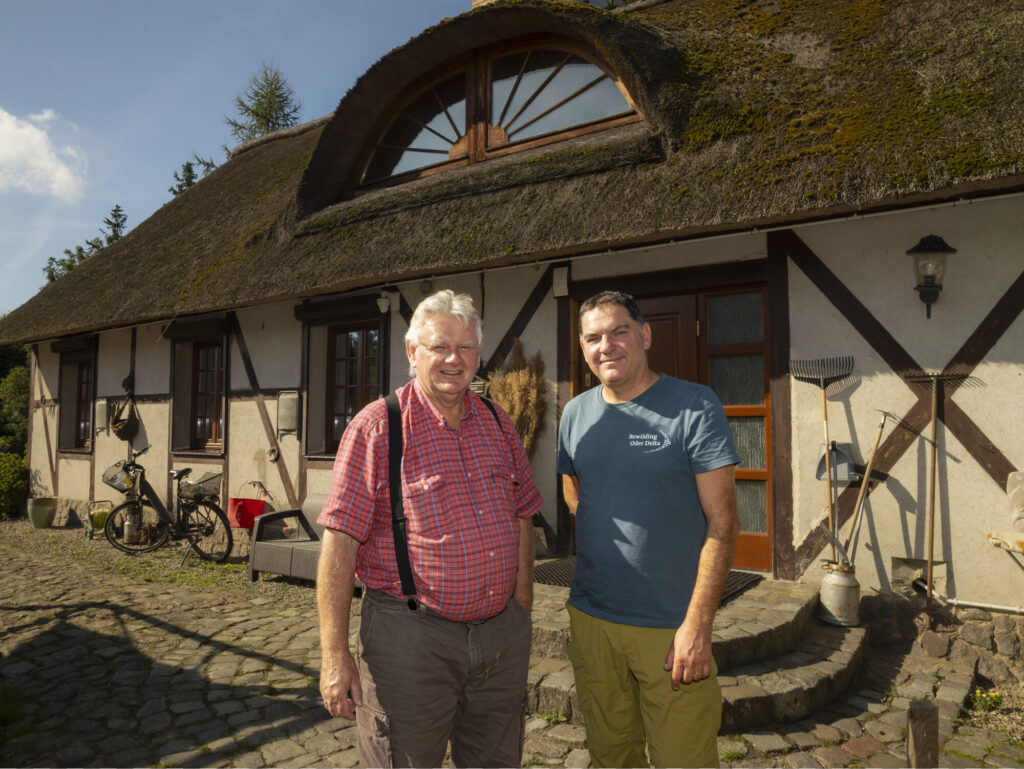
Rewilding in action
The guidelines also outline the range of interventions involved in active rewilding, with many of Rewilding Europe’s operational landscapes, European Rewilding Network members, and representatives of the Wilder Parks initiative referenced as best practice showcases.
Such interventions include everything from removing dams to liberate rivers and the creation of large-scale wildlife corridors, to the reintroduction of important species such as European bison and vultures and measures to promote the regeneration of natural forests. The goal of all these interventions is to restore natural processes and move towards a point where nature can take care of itself.
An invitation to act
Rewilding is more than just helping nature to heal. It represents a fundamental shift in how we see and relate to the natural world, recognising the importance of sharing space with wildlife and respecting all forms of life. It calls for the revival of natural processes, the return of biodiversity and bio-abundance, and the renewal of entire ecosystems capable of functioning without little or no human intervention, so that nature has the space, freedom, and capacity to provide the benefits we all rely on.
Rewilding is as much about people as it is about nature. It can provide recreational and educational opportunities for communities, enhance human health and well-being, spark the economic revitalisation of rural areas through the creation of new jobs and businesses, and help to preserve culture and tradition. It is an inspiring, inclusive, and readily available solution that can unite people and organisations of all backgrounds and descriptions and engage them in the process of protecting and restoring the natural world. In short, rewilding offers hope of a future where people can thrive alongside healthy, resilient nature.
The new IUCN rewilding guidelines are a springboard for immediate action, inviting people, organisations, and governments around the world to join the growing rewilding movement. They are an invitation to unite behind a shared commitment to a wilder world — one that brings about positive, lasting change for nature and people alike.
